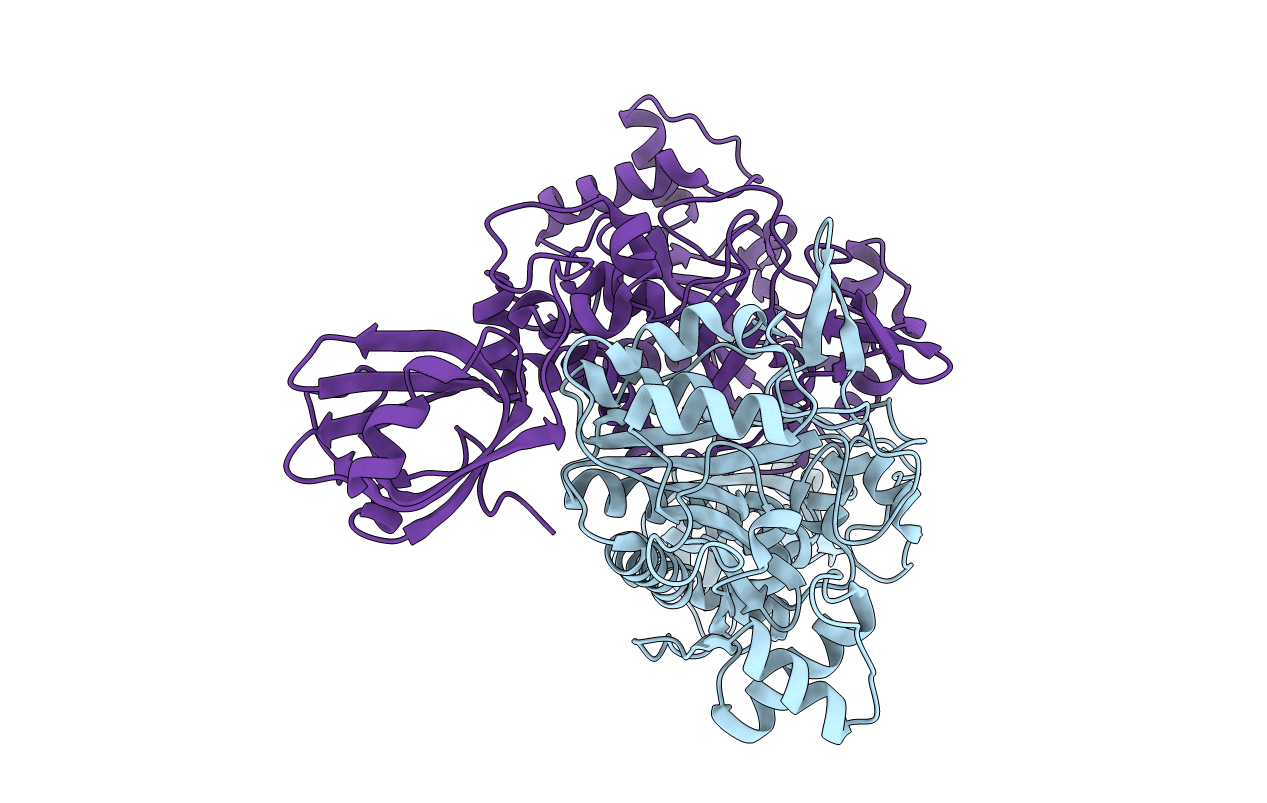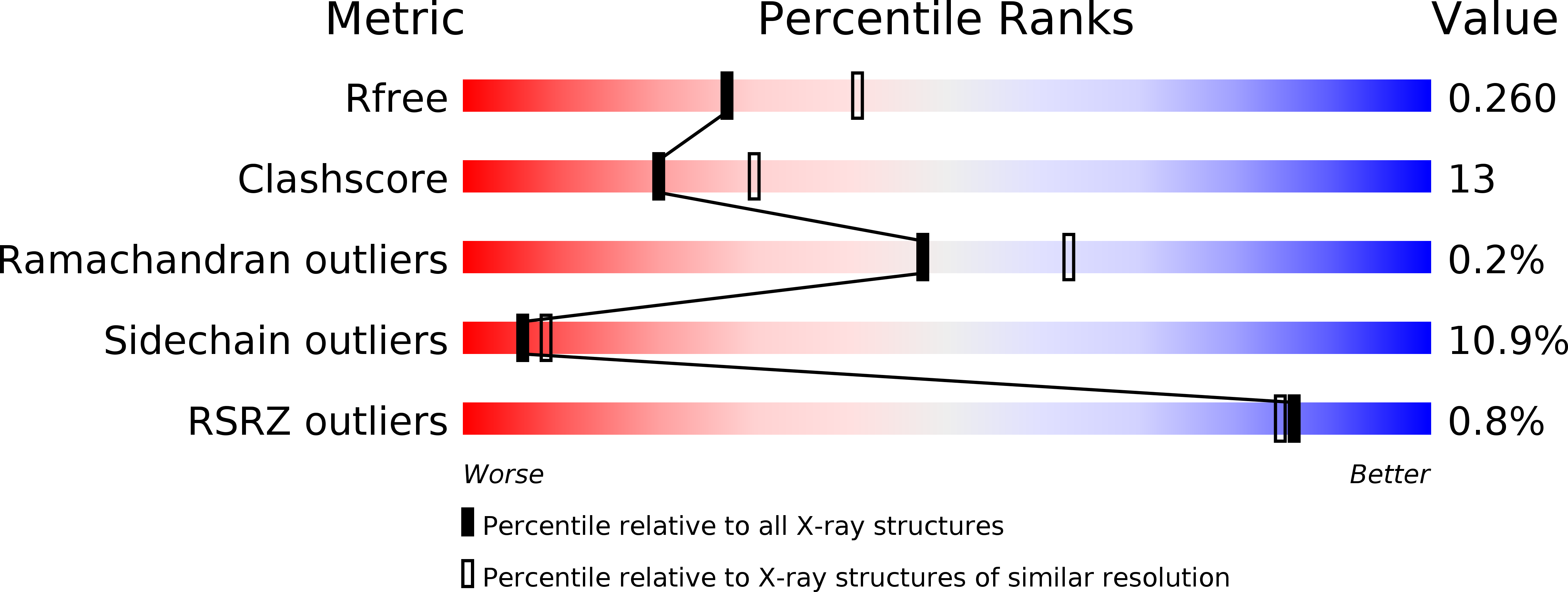
Deposition Date
2010-06-09
Release Date
2010-08-04
Last Version Date
2023-09-06
Entry Detail
PDB ID:
3NEN
Keywords:
Title:
Unliganded aspartyl-tRNA synthetase from thermococcus kodakarensis
Biological Source:
Source Organism:
Thermococcus kodakarensis (Taxon ID: 311400)
Host Organism:
Method Details:
Experimental Method:
Resolution:
2.40 Å
R-Value Free:
0.26
R-Value Work:
0.21
R-Value Observed:
0.21
Space Group:
P 21 21 2


